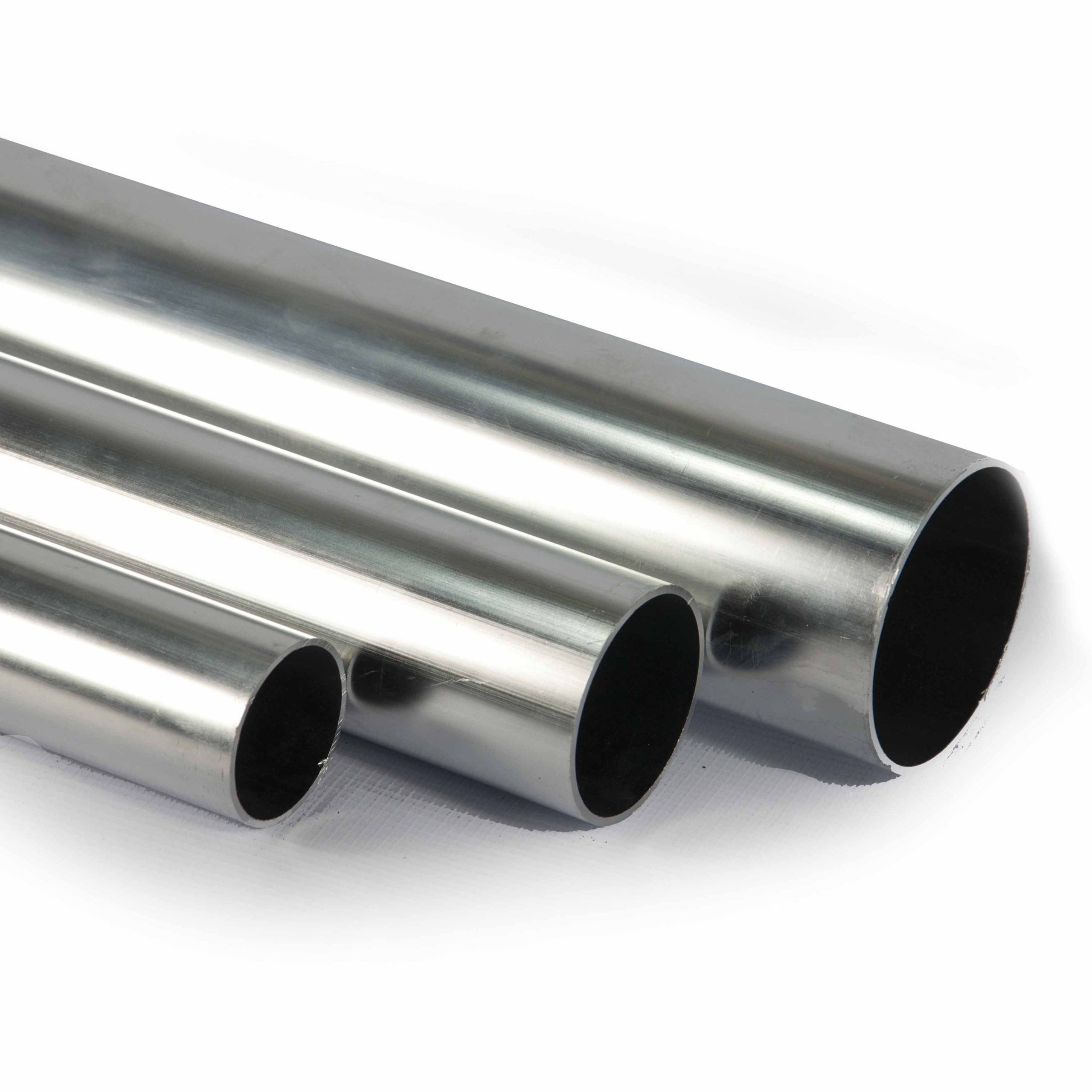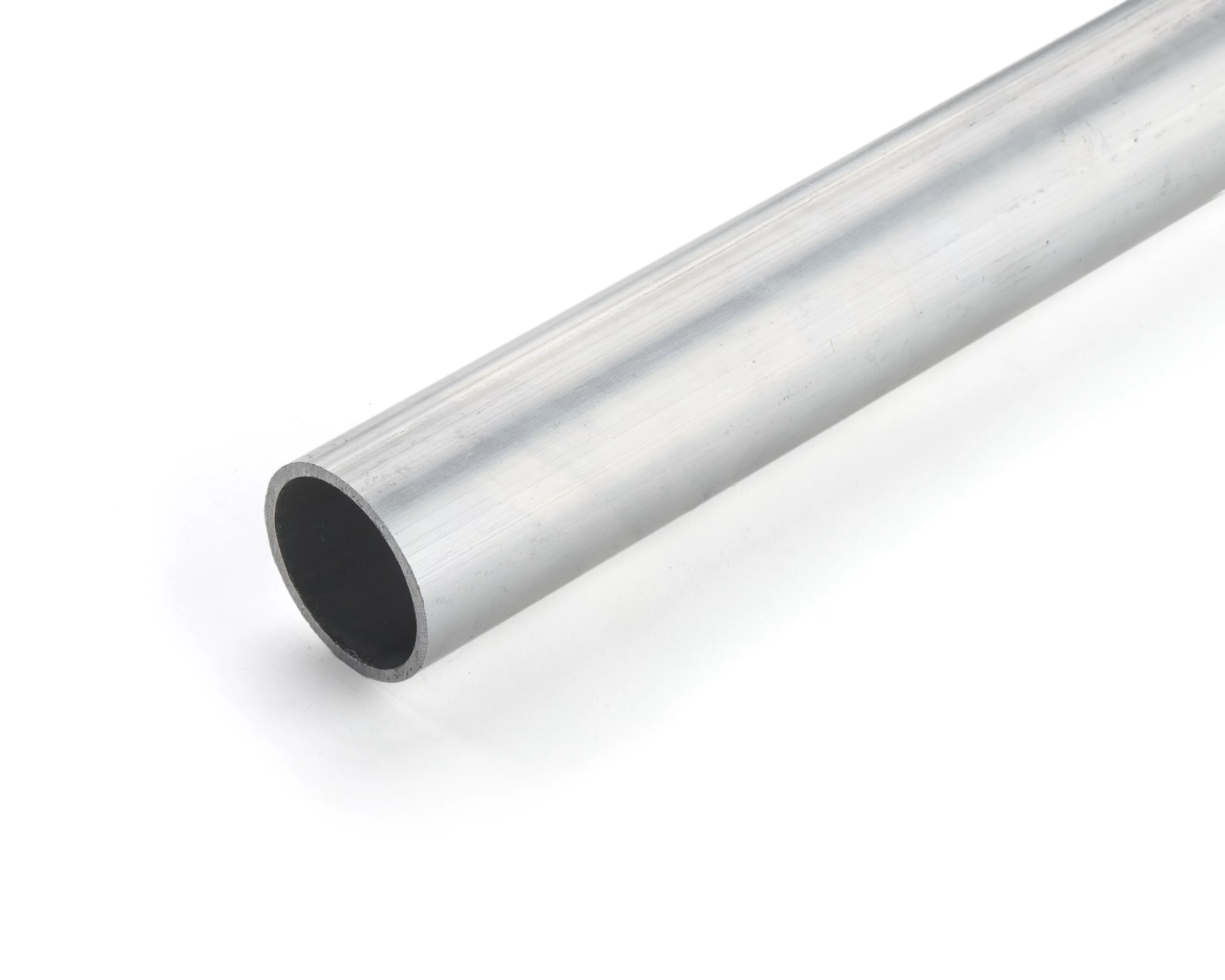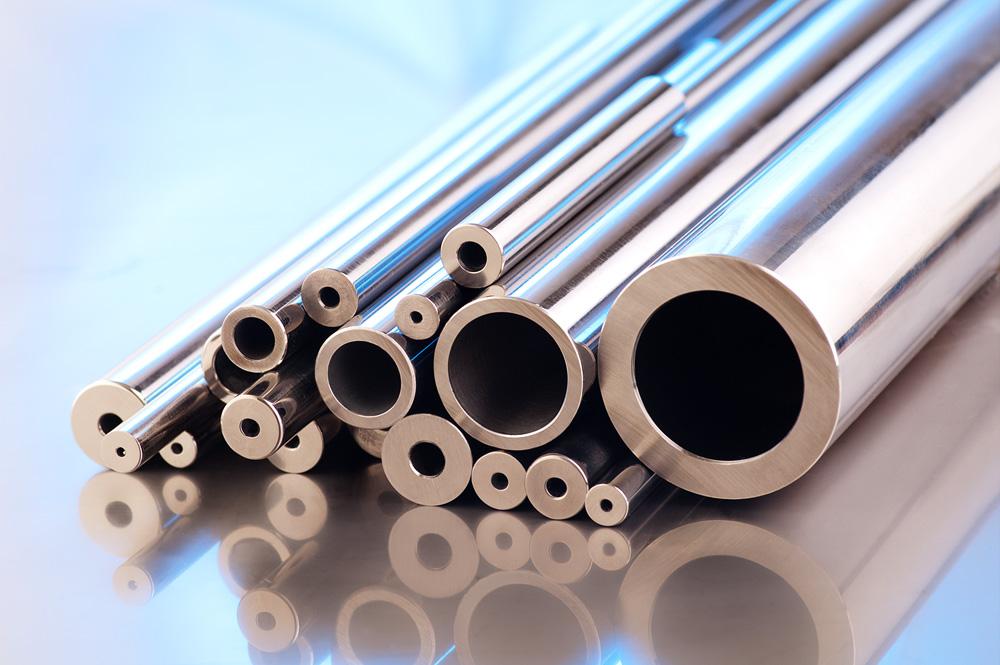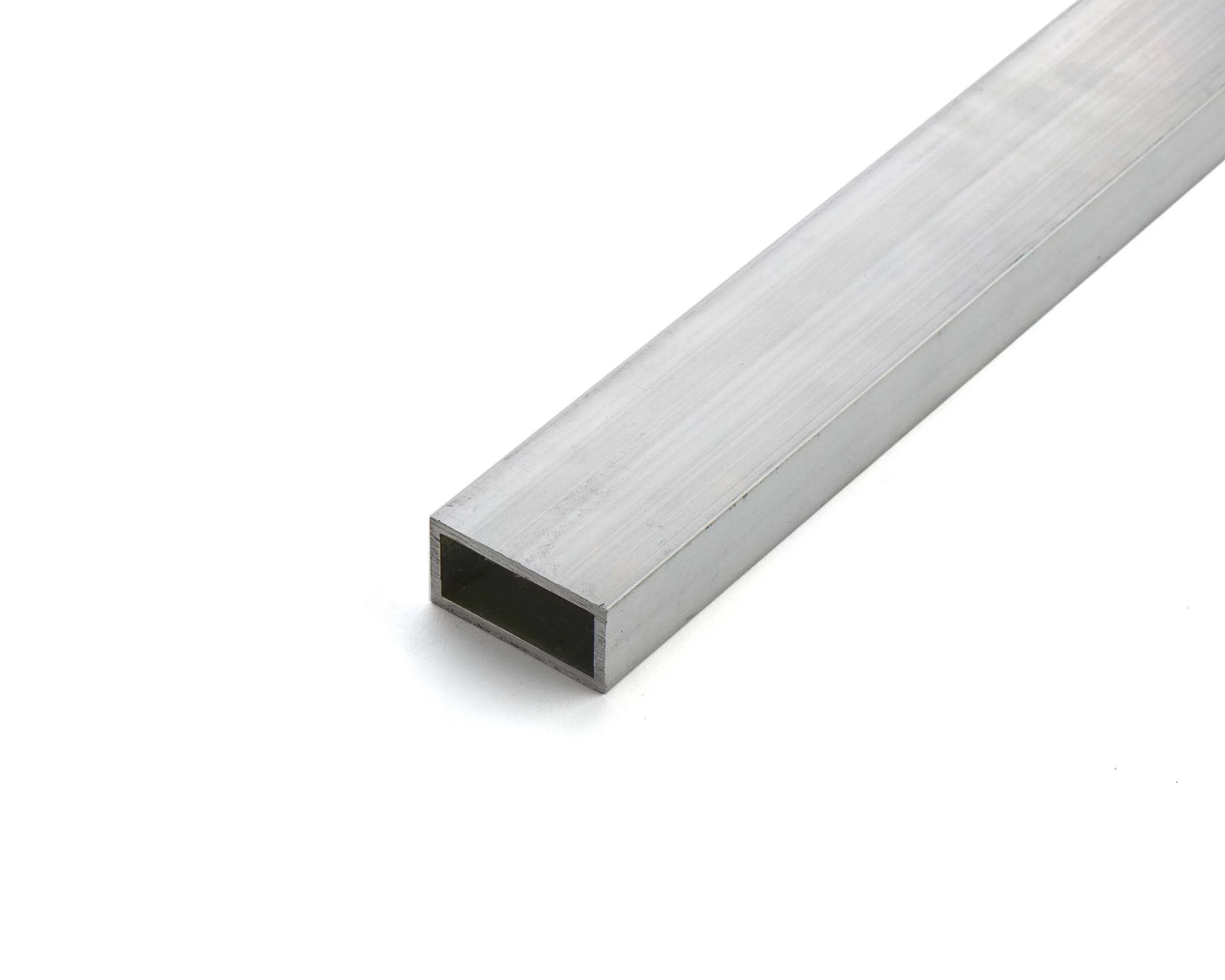8 Different Benefits of Aluminum Tubing in 2023-24
In the world of materials and manufacturing, aluminum tubing stands out as a versatile and invaluable component. Its widespread use across various industries can be attributed to a myriad of benefits that make it a preferred choice for engineers and designers. In this article, we delve into the eight distinct advantages of aluminum tubing, shedding light on its diverse applications and contributions to modern engineering.

8 Different Benefits of Aluminum Tubing
1. Lightweight Nature:
In the realm of materials, the unparalleled lightweight property of aluminum tubing stands out, outshining heavier counterparts like steel or copper. This distinctive feature not only makes it an optimal selection for industries such as aerospace and automotive, where weight bears substantial importance, but also streamlines transportation and installation, culminating in significant time and cost savings.

2. Corrosion Resistance:
Aluminum possesses a natural oxide layer that provides excellent corrosion resistance. This feature makes aluminum tubing suitable for a wide range of environments, including those with high humidity or exposure to corrosive substances. Unlike some other metals, aluminum does not rust, ensuring longevity and durability in various applications. This resistance to corrosion makes aluminum tubing an excellent choice for outdoor structures, marine applications, and any setting where exposure to the elements is a concern.

3. High Strength-to-Weight Ratio:
While being lightweight, aluminum tubing boasts an impressive strength-to-weight ratio. This means that despite its low density, aluminum exhibits substantial strength. This characteristic is especially valuable in applications where both strength and weight are critical factors, such as in the construction of aircraft, bicycles, and sporting equipment. The combination of high strength and low weight allows for the creation of robust structures without compromising on performance.

4. Excellent Thermal Conductivity:
Aluminum tubing, celebrated for its remarkable thermal conductivity, stands out as a prime selection in scenarios demanding superior heat transfer; a quality harnessed across diverse sectors such as HVAC systems, automotive radiators, and heat exchangers, where its adept heat conduction ensures peak performance and energy efficiency.
5. Malleability and Formability:
The malleability and formability of aluminum make it a dream material for designers and engineers. Aluminum tubing can be easily shaped and molded into intricate forms, allowing for creative and efficient designs. This characteristic facilitates the production of complex structures and components with ease, reducing the need for extensive machining or welding. This quality not only enhances the aesthetic appeal of products but also contributes to cost-effectiveness in manufacturing processes.

6. Recyclability and Sustainability:
Aluminum is highly recyclable, and the recycling process requires only a fraction of the energy needed for primary production. This recyclability makes aluminum tubing an environmentally friendly choice, aligning with the growing emphasis on sustainability in various industries. Choosing aluminum contributes to the conservation of natural resources and reduces the carbon footprint associated with manufacturing. As the world continues to prioritize eco-friendly practices, the recyclability of aluminum becomes a key factor in its widespread adoption.

7. Cost-Effective Solutions:
The economic efficiency of aluminum tubing proves to be a pivotal asset across diverse industries, as its initial investment, though marginally higher than alternative materials, pales in comparison to the enduring advantages it bestows. Aluminum’s innate lightness not only slashes transportation expenditures but also its corrosion resilience curtails maintenance outlays. Furthermore, streamlined fabrication and forming processes bolster manufacturing cost-effectiveness. In the pursuit of streamlined and budget-friendly solutions, aluminum tubing stands out as a judicious and economical selection for a myriad of applications.

8. Aesthetic Appeal and Versatility:
Beyond its technical attributes, aluminum tubing offers aesthetic appeal and versatility in design. The material can be anodized or coated in various colors, enhancing its visual appeal and allowing for customization to suit specific design requirements. This versatility extends to its ability to seamlessly integrate with other materials, providing designers with creative freedom. Whether used in architectural structures, furniture, or consumer products, aluminum tubing’s aesthetic versatility makes it a popular choice for those seeking both functionality and style.
Conclusion:
In conclusion, the benefits of aluminum tubing are as diverse as the industries it serves. From its lightweight nature to its corrosion resistance, high strength-to-weight ratio, excellent thermal conductivity, and recyclability, aluminum tubing stands out as a material that combines technical prowess with environmental responsibility. Its cost-effectiveness and aesthetic appeal further contribute to its widespread use across a spectrum of applications. As technology advances and industries continue to evolve, the unique advantages of aluminum tubing position it as a material of choice for the engineers and designers shaping the future.
READ MORE: WHAT IS BUTTON HEAD SCREWS , AND PROPERTIES , APPLICATIONS
READ MORE: How to start a new startup business on Deepawali 2023





